On its official website, with a new more minimalist design for its 70th edition with new festival directors, reads the tagline The Berlinale: A Constantly Evolving Festival. There is a certain irony in this comment given that the festival seems to have stagnated for at least the last six years as the 19-year tenure of Dieter Kosslick as festival director seemed to wind down the cinematic sheen. The star glitter had got smaller with ever-returning faces, alongside an otherwise conspicuous sense of seamless repetition in its program. However, a new beginning of sorts has come in the form of respected Italian festival director Carlo Chatrian, who has earned his credentials after a very good job as director of the Locarno Film Festival from 2012-2018 and will be artistic director. His new partner in charm will be executive director Mariette Rissenbeek, originally from The Netherlands but a long-time Berlin resident and the first woman to lead the Berlinale.
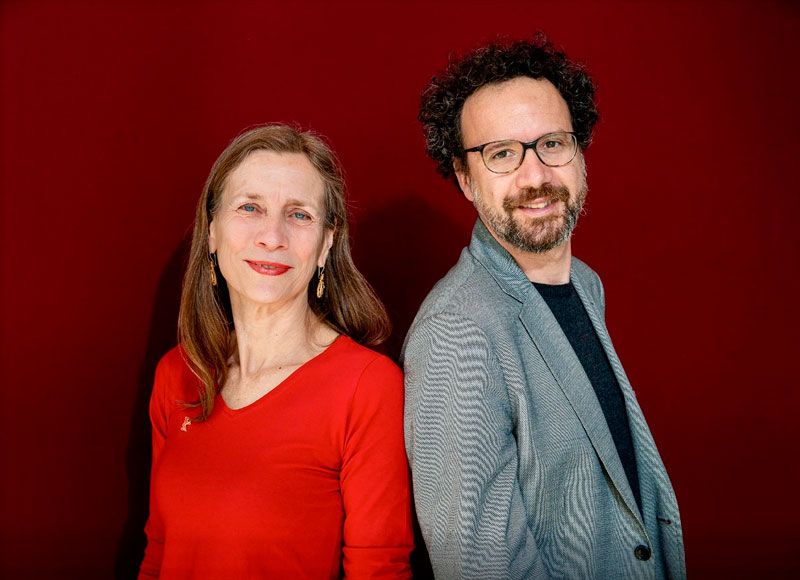
Mariette Risenbeek y Carlo Chatrian, directores de la Berlinale. Foto: Alexander Janetzko
With the A-List festival slipping many places in the unofficial festival rankings the task of the new Berlinale head team is to restore quality and enthusiasm to the program and, perhaps, increase the feel good factor, vital in bringing the best talent from all over the world to a cold and grey Berlin in February. Mr Chatrian and Ms Rissenbeek already have to face the task of dealing with organizational challenges for their first edition at the helm, which may cause disruption to many attendees, particularly at the European Film Market.
The festival epicenter is located at Marlene Dietrich Platz, near Potsdamer Platz. The press conferences and delegates office is hosted in the 5-Star but otherwise awkwardly designed and therefore slightly impractical (for big capacity) Grand Hyatt Hotel. Opposite the hotel is the 1,750-seat Theater am Potsdamer Platz (known as The Berlinale Palast during the festival) that is a viable venue for all the main competition screenings and red carpet events. In its basement is the Club Theater (formerly known as Adagio) but this year it will host a show from mid-January so the venue is unlikely to be available for the Berlinale’s traditional reception after the opening film on February 20th. The only concession is that the producers will not run the show during the Berlinale to avoid disturbing the red carpet events, though this could likely incur a compensation request to the festival to cover loss of revenues.
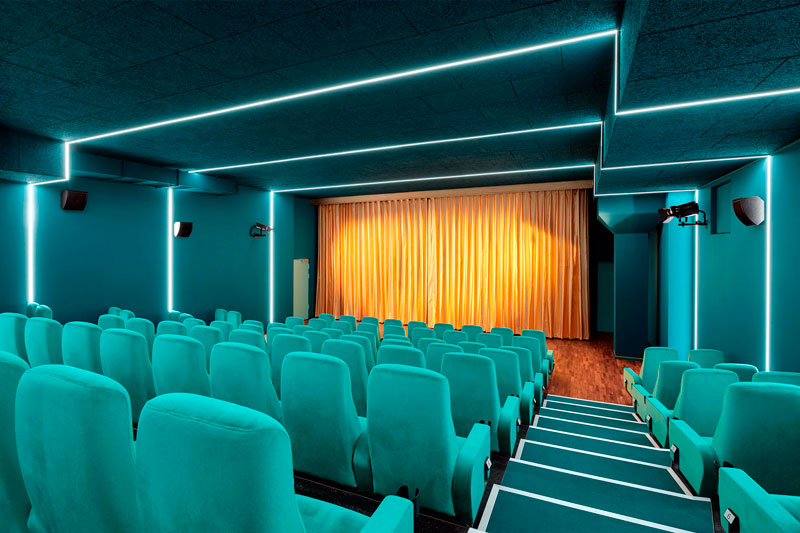
The main headache for the new directors this year is the screening venues. The nearby CineStar multiplex and IMAX screen at the Sony Center closed at the end of 2019 with the loss of eight screens. The venue had hosted Berlinale Panorama and Forum screenings in the past and it’s meant a loss of around 2400 seats. The festival’s head of press and publicity Frauke Greiner promised to deal with the problem by expanding the use of existing venues and has now confirmed it will use all nine screens at the Cinestar CUBIX in Alexander Platz in its program for the general public, with a total seating capacity of 2,442, therefore recovering seats lost from the other Cinestar’s closure. The CUBIX has been an official Berlinale venue since 2007, showing films from sections such as Panorama, Forum, Generation, Culinary Cinema and NATive, the latter two sections now dropped by the new directors. Furthermore, Mariette Rissenbeek suggested to TV channel 3sat’s arts program Kulturzeit the festival may have a small Berlinale lounge installed at the CUBIX to create more of a Berlinale feeling.
In addition, the Academy of Arts’ (Akademie der Künste) Studio in Berlin’s Tiergarten district will continue serving as a screening venue for the festival. The Academy’s exhibition space and screening hall had traditionally been a venue for the Forum’s program until the Berlinale moved its activities to Potsdamer Platz in 2000. The Forum Expanded section used the Academy from 2015 but then moved to the Silent Green arts venue in the Wedding district in 2018.
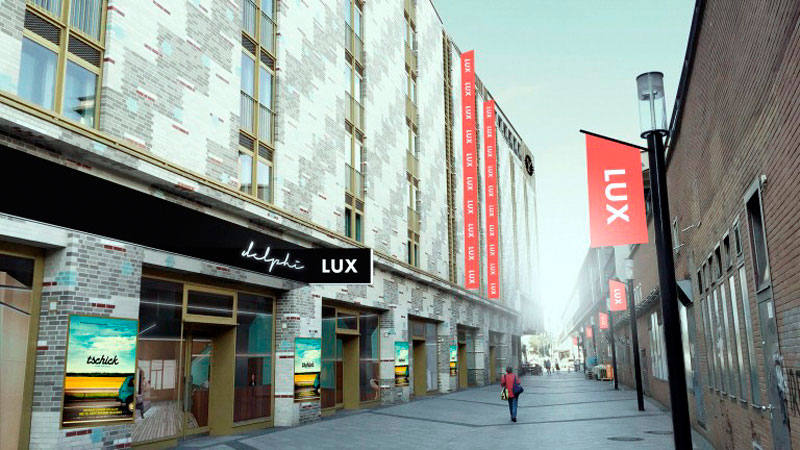
Meanwhile, the European Film Market (EFM) has been able to find alternative venues for market screenings in the Delphi Lux miniplex —which opened in 2017 and is close to the Zoo Palast in Charlottenburg— as well as two screening rooms at the Staatsbibliothek, the 50-seater Dffb atelier studio (both near Potsdamer Platz), and the Russian House of Science and Culture’s 188-seat cinema on Friedrichstrasse, 15-20 minutes walking distance. The EFM has also promised a free shuttle service for quick connections. Frauke Greiner dismissed suggestions the festival could use the new UCI Luxe 14-screen, 1,600-seat multiplex, situated in the former East Berlin neighborhood of Friedrichshain in a new development opposite the East Side Gallery. Despite its state-of-the-art facilities, being located some five-and-a-half kilometres from Potsdamer Platz (a 25-minute journey by taxi) meant it was too much of a logistical headache for the festival’s organization.
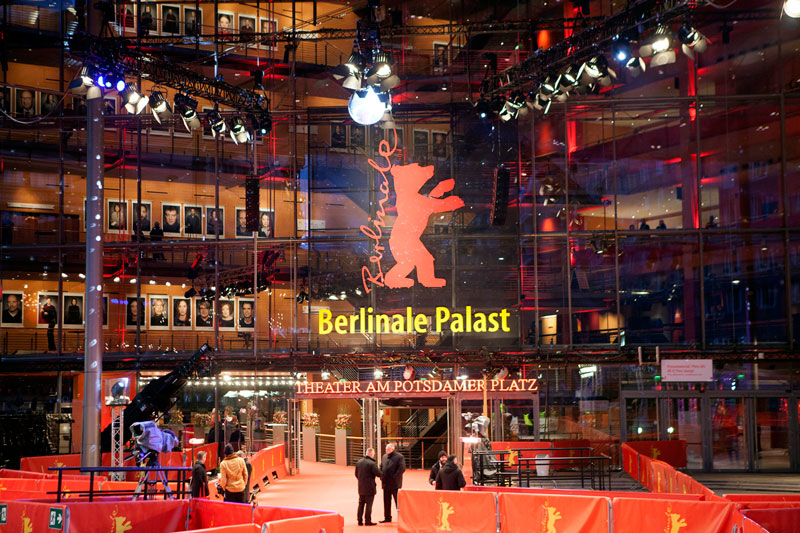
While the move to new venues will not have much detrimental effect to the general public, the loss of the Cinestar squeezes the festival center atmosphere and will make screenings more disparate and inevitably more problematic for journalists and film buyers who rely on close proximity to see as many films as possible in a short space of time. Those from abroad and not so familiar with Berlin’s geography or transport system are likely to have to spend more time travelling between screening venues. More untimely and problematic this year is the ongoing large-scale renovation of the 100-year-old Potsdamer Platz U-Bahn station that is scheduled to last until autumn 2021. This will affect Berlinale visitors travelling on the U2 line westwards from the east of Potsdamer Platz, particularly for screening venues in and around Zoo Palast in Charlottenburg.

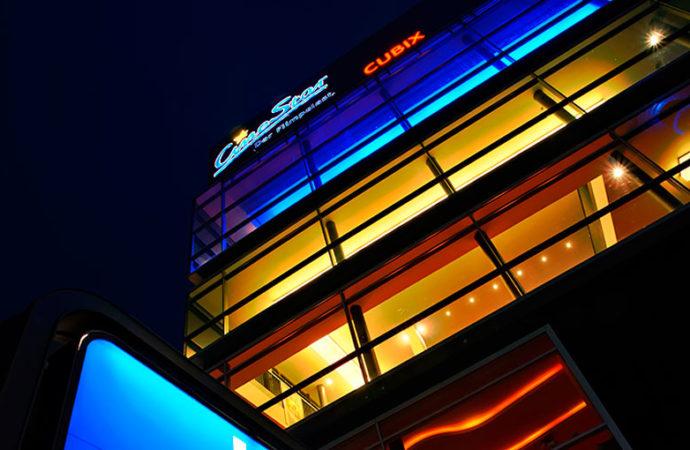






No one has posted any comments yet. Be the first person!